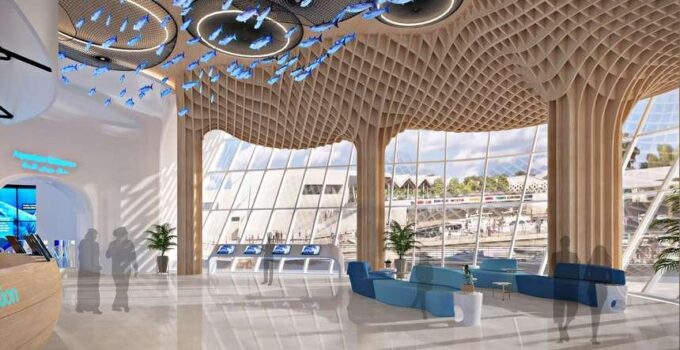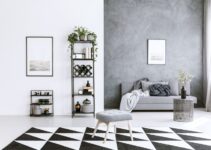To create stunning and captivating interiors in Dubai, interior design experts normally rely on the guiding principles of interior design. Interior designers aim to create harmonious and aesthetically appealing surroundings through a mix of functionality and artistry.
In this article, you will find out more about the main principles of interior design. This will give you a clear understanding of the concepts that interior designers adhere to when creating functional, practical, and visually captivating spaces. For further exploration of the main principles of interior design, click here.
Page Contents
The Principles of Interior Design
Balance
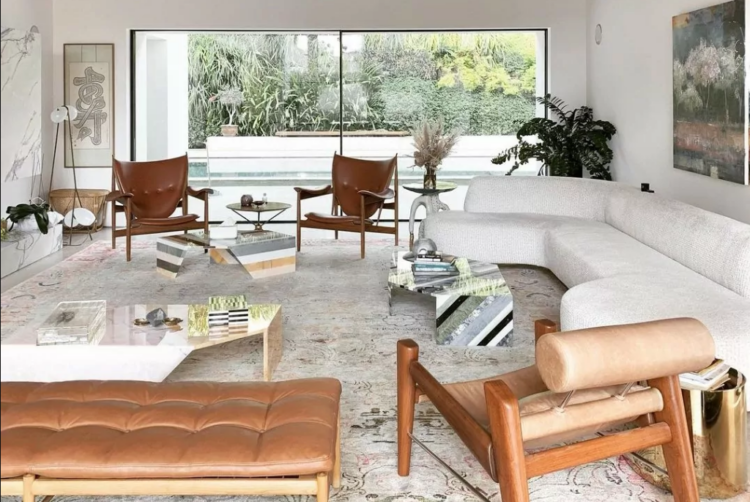
Source: milleworld.com
Normally used in reference to the distribution of visual weight within a space, balance is one of the main principles of interior design. In order to create a space with visual equilibrium, this principle calls for the proper arrangement of various interior design elements, including textures, colours, and furniture.
When it comes to interior design, there are two main types of balance: asymmetrical and symmetrical. All in all, balance has an essential role to play in introducing a sense of stability and harmony to any interior space.
Unity and Harmony
To create a harmonious and cohesive design scheme, interior designers are guided by the principles of unity and harmony. So as to create a semblance of visual unity, this principle calls for the working together of all the elements used in a space.
Interior designers can successfully create a unified and harmonious interior in which every element contributes to the overall appearance and feel by making use of complementary textures, coordinating patterns, and a consistent colour palette.
Proportion and Scale
The relationship and size of objects used within a space are guided by the interior design principles of proportion and scale. To make sure that each item—including accessories, furniture, and architectural elements—is appropriately sized for any given interior space, designers must take their specific proportions into consideration.
To create a visually pleasing and balanced composition, it is important to use appropriately scaled elements. Designers can introduce a sense of scale and proportion that boosts the ultimate visual effect of a room by understanding the relationship between different objects.
Contrast
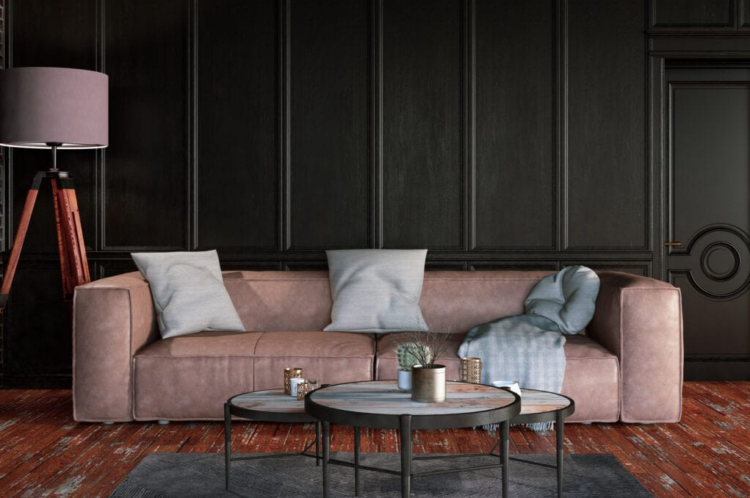
Source: northeasterngroup.com
Contrast is one of the most important principles of interior design. When it comes to contrast, interior designers have a wide variety of options to play with, including texture, materials, shapes, and colours. Contrast can be used to make spaces that would otherwise seem bland appear more interesting and visually appealing.
This principle calls for the use of polar opposites to create unique spaces. Some great examples include pairing something minor with something significant, smooth against rough, and dark against light, among others.
Focal Points and Emphasis
This principle calls for the creation of a focal point that draws the attention of anyone entering the space in question. By introducing a sense of drama and capturing attention, designers are able to highlight a specific area or element through emphasis.
There are many ways through which designers create emphasis, including using attention-grabbing architectural elements, unique textures, and contrasting colours.
Good examples of elements that can be used as focal points to create emphasis include dramatic fireplaces, colourful throws placed over regular couches, and provocative art pieces, among others.
Details
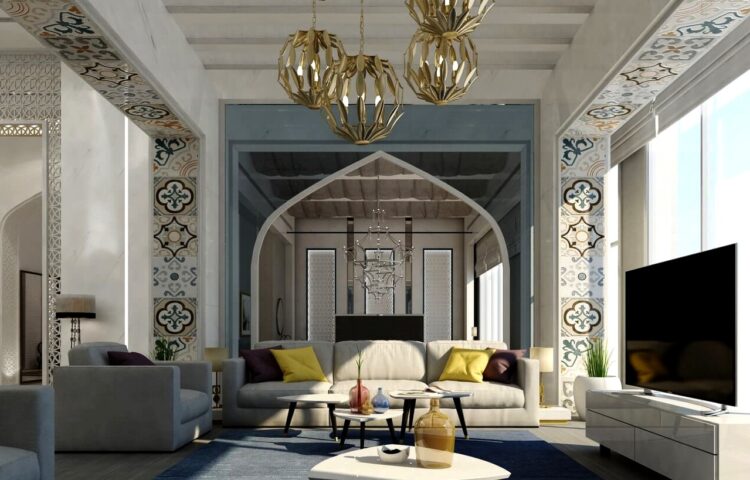
Source: essentialhome.eu
Details can make or break the form and function of any given interior space. As such, details are an important part of interior design. You can boost the feel and appeal of your interior design with the right details.
Common examples of important interior decor details include door handles, bathroom or kitchen accessories, cabinet handles, tapware colours and styles, and cushion embroidery, among others.
Repetition
Designers use repetition to introduce an element of rhythm to the decor of a space. This is normally achieved through the use of colours, shapes, and patterns. Repetition helps lead the eye from one space to the next by creating a sense of flow and unity.
Designers can develop a dynamic and engaging interior that not only creates a sense of continuity but also captures attention through the incorporation of repetition and rhythm.
Conclusion
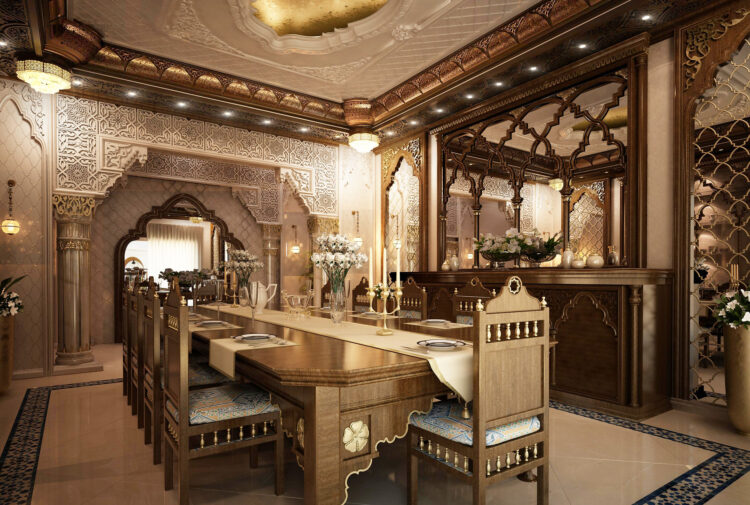
Source: sara-alhamarna.com
There are many examples of structures with stunning and captivating interiors in Dubai. And, to create such interiors, designers must abide by the interior design principles outlined above. This way, each space is not only aesthetically appealing but also unique in its own way.

